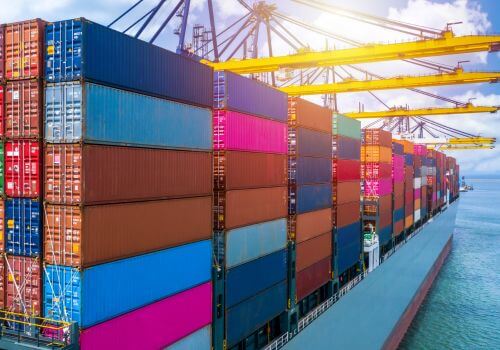A “Bill of Lading (BOL)” is an essential document in logistics and shipping. It serves as a receipt for the goods being shipped, confirming that the carrier has received them in good condition. The BOL provides important details like the type, quantity, and condition of the goods. Additionally, it acts as a document of title, meaning ownership of the goods can be transferred while they are in transit. This transfer of ownership happens by endorsing the BOL. The BOL also functions as a contract of carriage between the shipper and the carrier, outlining the terms and conditions for transporting the goods.
Key Components of a Bill of Lading
The BOL includes crucial information such as the names, addresses, and contact details of the shipper (sender) and consignee (receiver), details of the carrier company, a description of the goods, and the points of origin and destination. Legal terms, freight charges, delivery conditions, and signatures from the shipper, carrier, and sometimes the consignee are also part of the BOL, confirming the accuracy of the information and receipt of the goods.
Different Types of Bills of Lading
There are different types of Bills of Lading.
- Straight Bill of Lading is non-negotiable and consigned to a specific person or entity, meaning only the consignee can receive the goods.
- Order Bill of Lading is negotiable and can be transferred by endorsement, allowing ownership to be transferred during transit.
- Clean Bill of Lading indicates that the goods were received in good condition.
- Claused Bill of Lading notes any issues, such as damaged or missing goods, at the time of receipt.
The Importance of Bill of Lading
The BOL is vital in logistics as it facilitates trade by providing proof of shipment, ensures payment by acting as a document of title in financial transactions, and offers legal protection by clearly outlining the shipment’s terms and the responsibilities of each party involved.
In summary, the Bill of Lading (BOL) is a key document that ensures the smooth and legal transfer of goods from one party to another.






